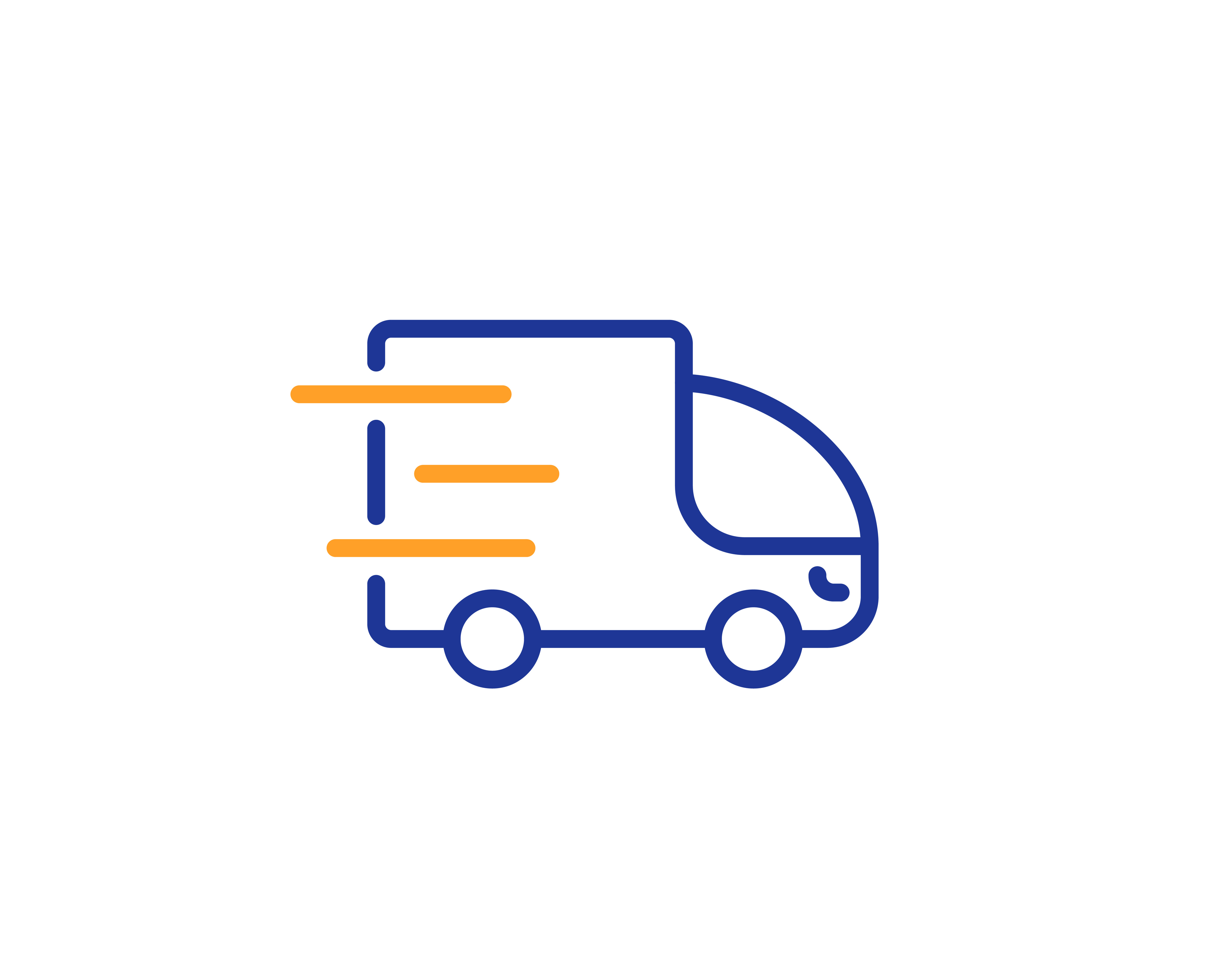Freight & Logistics
For goods exports, transporting your product to an overseas market efficiently and competitively is crucial. Depending on the product, speed to market can be a key component of the product’s value. Garments for example are subject to shorter and shorter fashion cycles, limiting the time for shipping after manufacture. Home decoration (‘gift”) products may need to arrive before a festival period like Christmas. Perishable products like fish or fruit will also be very sensitive to shipping efficiency and handling. Using a good freight forwarder is very effective, but it is also essential to understand the basics of shipping terms, pricing and documentation.
Using a good customs broker and freight forwarder is the most efficient way to ship your goods. These companies are experts in documentation, freight rate negotiations and finding the most economical way to get your product to the buyer.
Your product may be suited only for ocean shipping or for airfreight. It is important to understand the basic principles of both sea and air cargo as rates can vary when new capacity is offered on trade routes and when new markets are serviced.
Choosing the right freight forwarder and negotiating good rates with them
Freight forwarders will provide you with a range of options to find the most cost-efficient rate, however, it is important to be familiar with freight markets, so you can gain the most competitive rate.
Your overseas buyer will often also want to have a say in their preferred option depending for example on the frequency and reliability of a port or efficiency of customs clearance.
Most freight forwarders would have many negotiated options with sea and air cargo. It is important find a forwarder who caters for your business profile – in scale of operation as well as geographic coverage.
More reading on freight forwarders – browse through Open to Export – http://opentoexport.com/article/top-tips-working-freight-forwarder/

